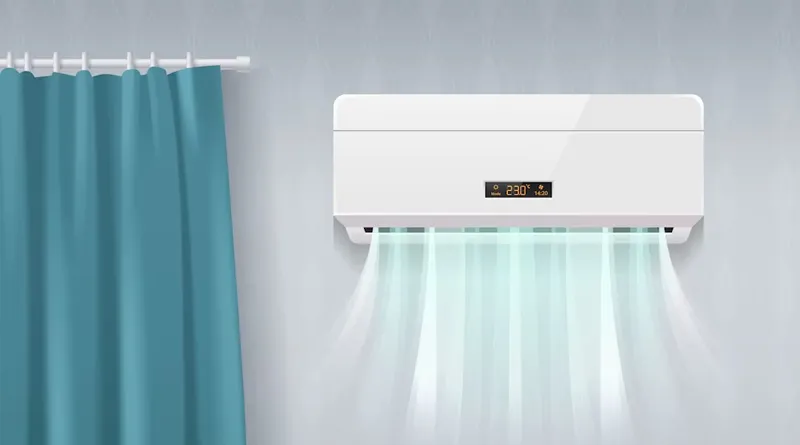AC Quality & Brands Cool Comfort: Exploring the Key Factors
Contents
- 1 The Ultimate Guide to AC Brands and Quality Standards
- 1.1 1. Energy Efficiency: The First Marker of AC Quality
- 1.2 2. Cooling Capacity: Right-Sized for Comfort
- 1.3 3. Air Quality Improvement: More Than Just Cooling
- 1.4 4. Quiet Operation: A Mark of Excellence
- 1.5 5. Durability and Reliability: Built to Last
- 1.6 6. Smart Features: Convenience and Control
- 1.7 7. Warranty and Support: Assurance of Quality
- 1.8 8. Professional Installation: A Critical Step
- 2 Windows AC and split AC are two common types of air conditioning systems used to cool indoor spaces, but they differ in several key ways:
- 3 Key features of portable air conditioners include:
- 4 United States (USA):
- 5 Europe:
- 6 India:
The Ultimate Guide to AC Brands and Quality Standards
When the scorching heat of summer arrives, there’s nothing quite as refreshing as stepping into a cool, air-conditioned room. Air Conditioners (ACs) have become an indispensable part of our lives, providing respite from sweltering temperatures. However, not all ACs are created equal. In this blog, we delve into the world of Air Conditioners to understand what makes an Air Conditioner truly high-quality. 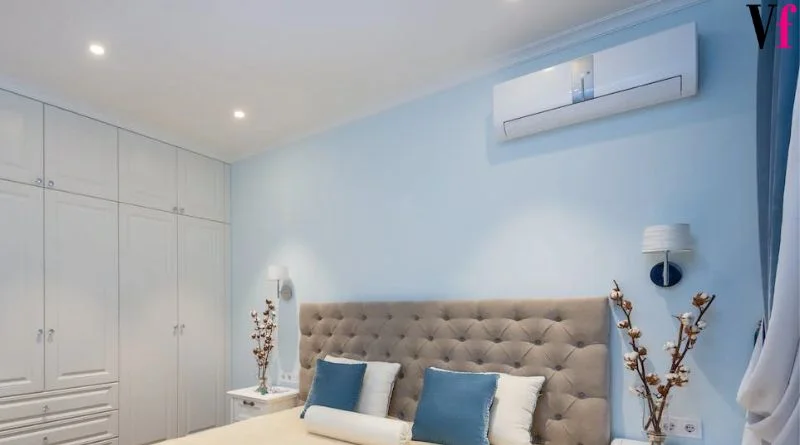
1. Energy Efficiency: The First Marker of AC Quality
One of the foremost indicators of AC quality is its energy efficiency. High-quality Air Conditioner units are designed to cool your space while consuming minimal electricity. The efficiency of an AC is measured by its SEER (Seasonal Energy Efficiency Ratio) rating. A higher SEER rating indicates greater energy efficiency in the unit, which can result in reduced energy expenses.
2. Cooling Capacity: Right-Sized for Comfort
The cooling capacity of an Air Conditioner, often measured in BTUs (British Thermal Units), should be matched to the size of the room it’s intended to cool. A quality AC unit is appropriately sized to ensure it cools your space effectively without wasting energy. An oversized unit may cool too quickly, leading to humidity problems, while an undersized unit may struggle to keep the room comfortable.
3. Air Quality Improvement: More Than Just Cooling
High-quality ACs do more than just cool the air; they also improve air quality. Look for units equipped with filters that can capture dust, pollen, allergens, and even some airborne bacteria. These filters not only enhance indoor air quality but also contribute to your overall well-being.
4. Quiet Operation: A Mark of Excellence
No one wants an AC that sounds like a jet engine taking off. Premium Air Conditioner units are designed for quiet operation, ensuring that you can enjoy cool comfort without the disturbance of noisy fans or compressors. 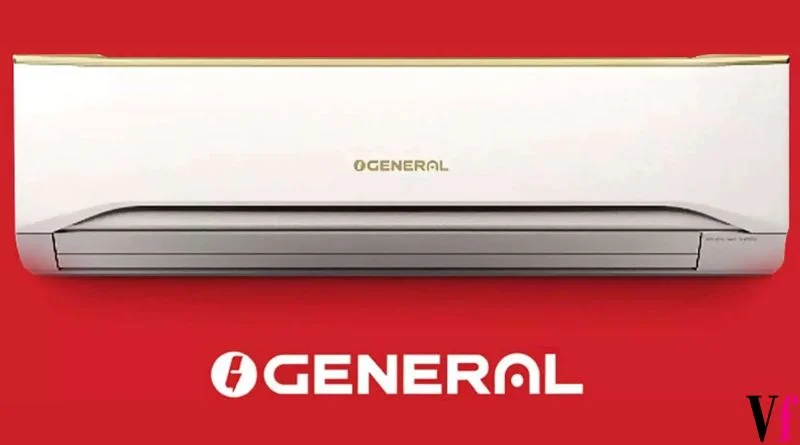
5. Durability and Reliability: Built to Last
Quality AC units are built to withstand the test of time. They are constructed with durable materials and components that resist wear and tear. This means fewer breakdowns, longer lifespans, and less hassle for you as a homeowner.
6. Smart Features: Convenience and Control
Modern high-quality ACs often come equipped with smart features. These include programmable thermostats, remote control via smartphone apps, and compatibility with home automation systems. These conveniences not only make your life easier but also contribute to energy savings by allowing precise temperature control.
7. Warranty and Support: Assurance of Quality
Reputable Air Conditioner manufacturers back their products with solid warranties and excellent customer support. A generous warranty period is an indication that the manufacturer has confidence in the quality and durability of their unit.
8. Professional Installation: A Critical Step
Even the best AC unit won’t perform optimally if it’s not installed correctly. Quality installation by a professional technician ensures that the unit is set up to operate efficiently and effectively, maximizing its lifespan and performance. 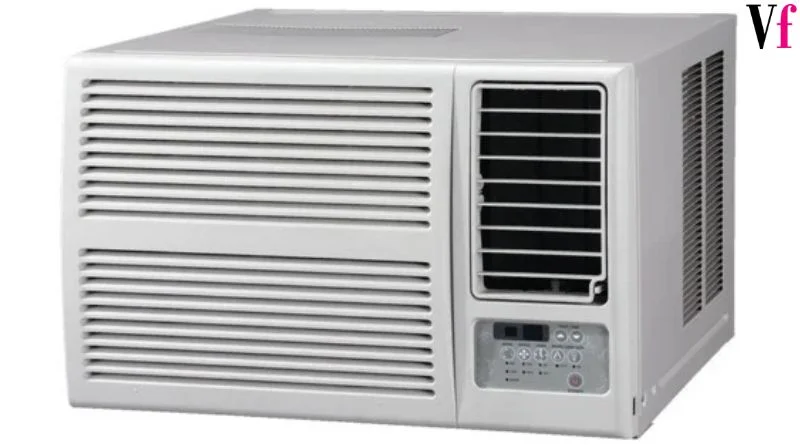
Windows AC and split AC are two common types of air conditioning systems used to cool indoor spaces, but they differ in several key ways:
1. Installation:
Window Air Conditioner: A window AC unit is a self-contained system that is installed in a window or a hole in a wall. It’s a single unit with all components, including the compressor, condenser, evaporator, and fan, housed in one box. Window AC units are relatively easy to install and are suitable for cooling individual rooms.
Split Air Conditioner: A split AC system consists of two separate units: the indoor unit (evaporator) and the outdoor unit (condenser). The indoor unit is typically mounted on a wall inside the room, while the outdoor unit is placed outside the building. Split ACs require professional installation and are suitable for cooling larger areas or multiple rooms.
2. Cooling Capacity:
Window AC: Window AC units are available in a range of cooling capacities, but they are generally less powerful than split ACs. They are ideal for cooling smaller rooms or spaces.
Split AC: Split ACs come in a variety of capacities, including high-capacity models capable of cooling large areas or multiple rooms. They offer more flexibility in terms of cooling capacity.
3. Aesthetics:
Window AC: Window AC units are visible from both the inside and outside of the building. They can obstruct views, and their appearance may not be as aesthetically pleasing.
Split AC: Split ACs has a more discreet appearance. The indoor unit is typically mounted high on a wall and can blend into the room’s decor more easily. Only the outdoor unit is visible outside. 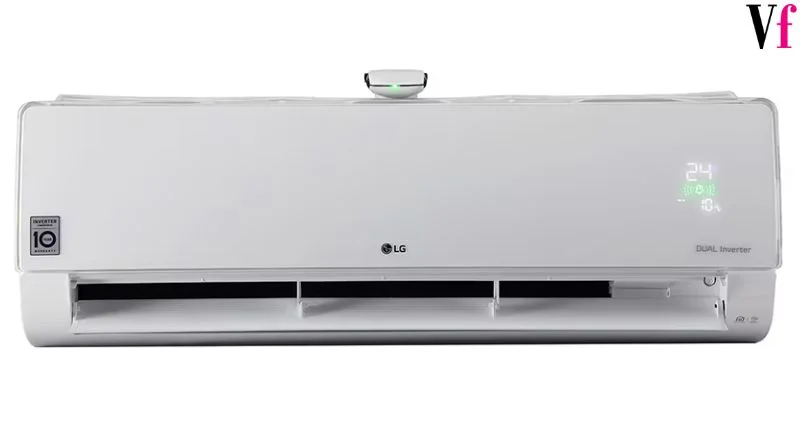
4. Noise:
Window AC: Window AC units tend to be noisier than split ACs because all components are contained in one box. The noise level can be distracting, especially in quiet environments.
Split AC: Split ACs are quieter because the noisy compressor and condenser unit is located outside, reducing indoor noise levels.
5. Cooling Zone:
Window AC: Window AC units are designed to cool a single room or area. They are not well-suited for cooling multiple rooms unless you install multiple units.
Split AC: Split ACs can cool multiple rooms or a larger area, depending on the system’s capacity and the configuration of indoor units.
6. Energy Efficiency:
Window AC: While energy efficiency varies among models, split ACs tend to be more energy-efficient than window units of the same capacity.
Split AC: Split ACs often come with features like inverter technology, which can improve energy efficiency by adjusting compressor speed to maintain the desired temperature more consistently.
7. Installation Cost:
Window AC: Window AC units are generally more affordable both in terms of the unit’s cost and installation. Split AC: Split ACs are typically more expensive than window units, and professional installation adds to the cost.
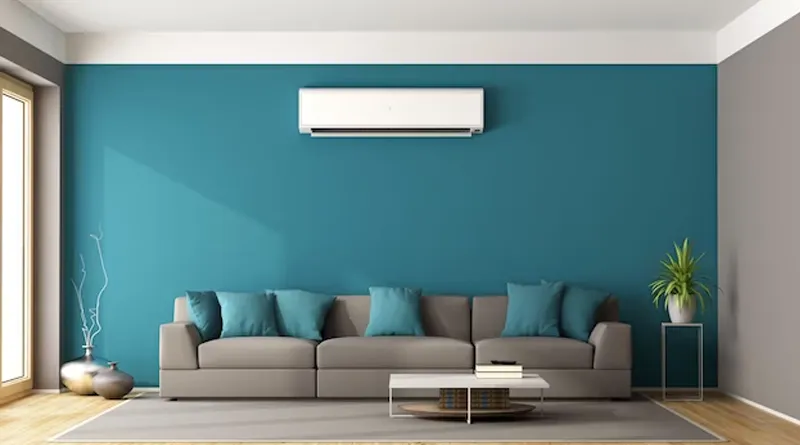
A “portable AC,” short for portable air conditioner, is a type of air conditioning unit that is designed to be mobile and easy to move from one location to another within a building. Unlike traditional window or split AC units that are permanently installed, portable ACs are freestanding and can be placed in different rooms or areas as needed.
Key features of portable air conditioners include:
Mobility: Portable AC units typically come with caster wheels, making them easy to roll from room to room. This mobility allows you to cool specific areas or spaces as required.
No Installation: Unlike window or split ACs that require permanent installation, portable ACs do not need any mounting. They are designed to be self-contained and can be set up quickly by venting the hot air through a window using an exhaust hose.
Single-Hose or Dual-Hose: Portable ACs can be single-hose or dual-hose systems. Single-hose units use a single hose to expel hot air and draw in fresh air from the room. Dual-hose units have separate hoses for exhaust and intake air, which can be more energy-efficient.
Cooling Capacity: Portable ACs come in various cooling capacities to suit different room sizes. It’s important to choose an appropriately sized unit to effectively cool the area. 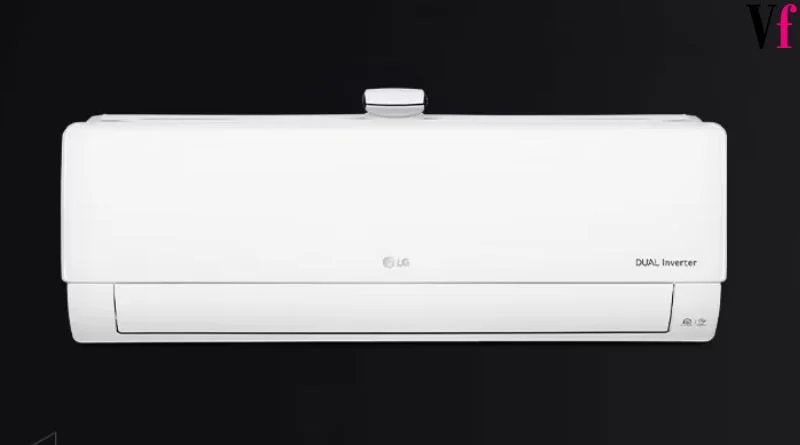
Features: Many portable ACs come with features like digital thermostats, programmable timers, multiple fan speeds, and remote controls for convenient operation.
Dehumidification: Some portable ACs also have dehumidification functions to reduce excess moisture in the air, improving overall comfort.
Ventilation Options: Portable AC units can be used for both cooling and ventilation, allowing you to circulate air in a room even when cooling is not needed.
It’s important to note that while portable ACs offer flexibility and ease of use, they may not be as efficient as fixed or central air conditioning systems in cooling larger spaces or whole homes. They are typically more suitable for cooling individual rooms or small apartments. When choosing a portable AC, consider factors like room size, energy efficiency (measured by the SEER rating), and noise level to ensure it meets your specific cooling needs.
These are the list of some well-known Air Conditioner (AC) brands in the USA, Europe, and India, along with AC Price range for their products. Please keep in mind that prices can vary significantly depending on factors like the AC’s capacity, features, and energy efficiency. Additionally, AC prices may have changed since I write & you read, so it’s essential to verify the current prices through official brand websites or local retailers for the most accurate information. 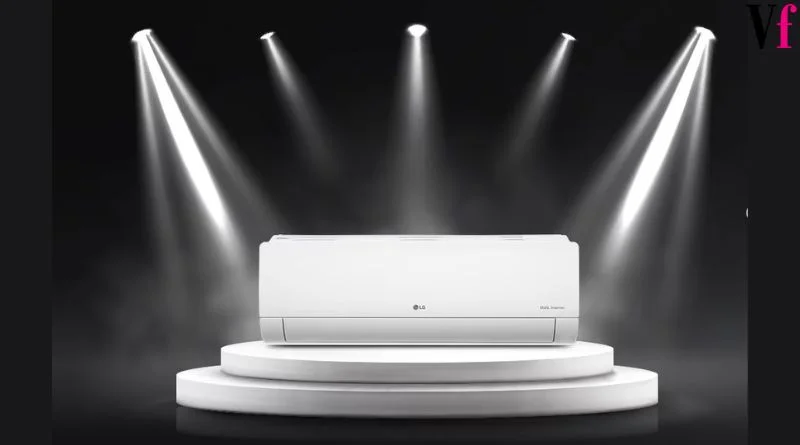
United States (USA):
Carrier: Carrier is a reputable American brand known for its high-quality air conditioning systems. AC Price Range: $2,000 – $7,000.
Trane: Trane is another well-regarded American AC brand offering a range of energy-efficient products. Price Range: $2,000 – $6,000.
Lennox: Lennox is known for its premium AC systems with advanced features. Price Range: $2,500 – $7,000.
Europe:
Daikin: Daikin is a popular Japanese brand with a significant presence in Europe. AC Price Range: €1,000 – €5,000 (Euro).
Mitsubishi Electric: Mitsubishi Electric offers a wide range of AC systems in Europe. Price Range: €1,200 – €5,000 (Euro).
Panasonic: Panasonic is known for its energy-efficient Air Conditioners. Price Range: €900 – €4,000 (Euro). 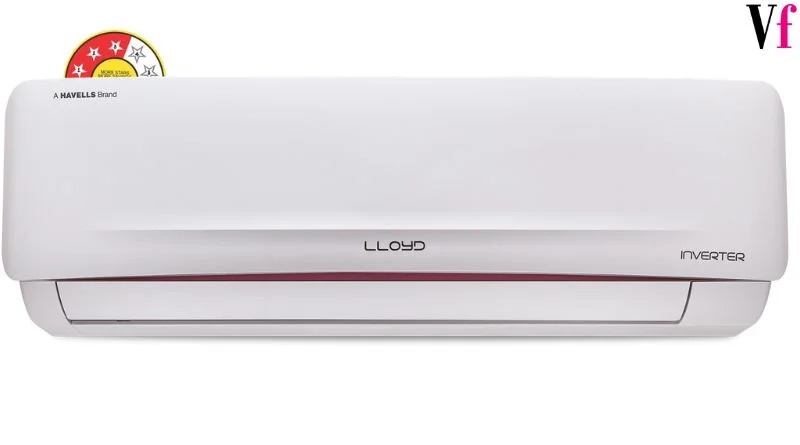
India:
Voltas: Voltas is an Indian brand that offers a variety of AC models suitable for the Indian climate. AC Price Range: ₹20,000 – ₹60,000 (Indian Rupees).
Blue Star: Blue Star is known for its premium AC units with advanced features. ACPrice Range: ₹25,000 – ₹70,000 (Indian Rupees).
Daikin India: Daikin is a well-established Japanese brand with a strong presence in the Indian market. Air Conditioner Price Range: ₹25,000 – ₹75,000 (Indian Rupees).
LG Electronics provides an extensive selection of air conditioning models equipped with diverse features. Price Range: ₹25,000 – ₹70,000 (Indian Rupees).
Please remember that these are approximate price ranges based on my knowledge, and actual prices may vary based on factors such as location, capacity, energy efficiency rating (star rating), and any special features or technologies included. To get the most accurate and up-to-date pricing information, it’s best to visit the official websites of the brands or consult local retailers. Additionally, consider factors like installation and maintenance costs when budgeting for a new AC system.
In summary, the choice between a window AC and a split AC depends on factors such as the size of the area to be cooled, aesthetics, noise tolerance, and budget. Window ACs are suitable for smaller rooms and are cost-effective, while split ACs offer more flexibility, higher cooling capacity, and better aesthetics but come at a higher price point. In conclusion, the quality of an Air Conditioner extends far beyond its ability to cool a room. Energy efficiency, cooling capacity, air quality enhancement, quiet operation, durability, smart features, warranty, and professional installation are all essential factors that define AC quality. When investing in an Air Conditioner, consider these aspects to ensure you enjoy years of cool and comfortable living while minimizing energy costs and environmental impact.

